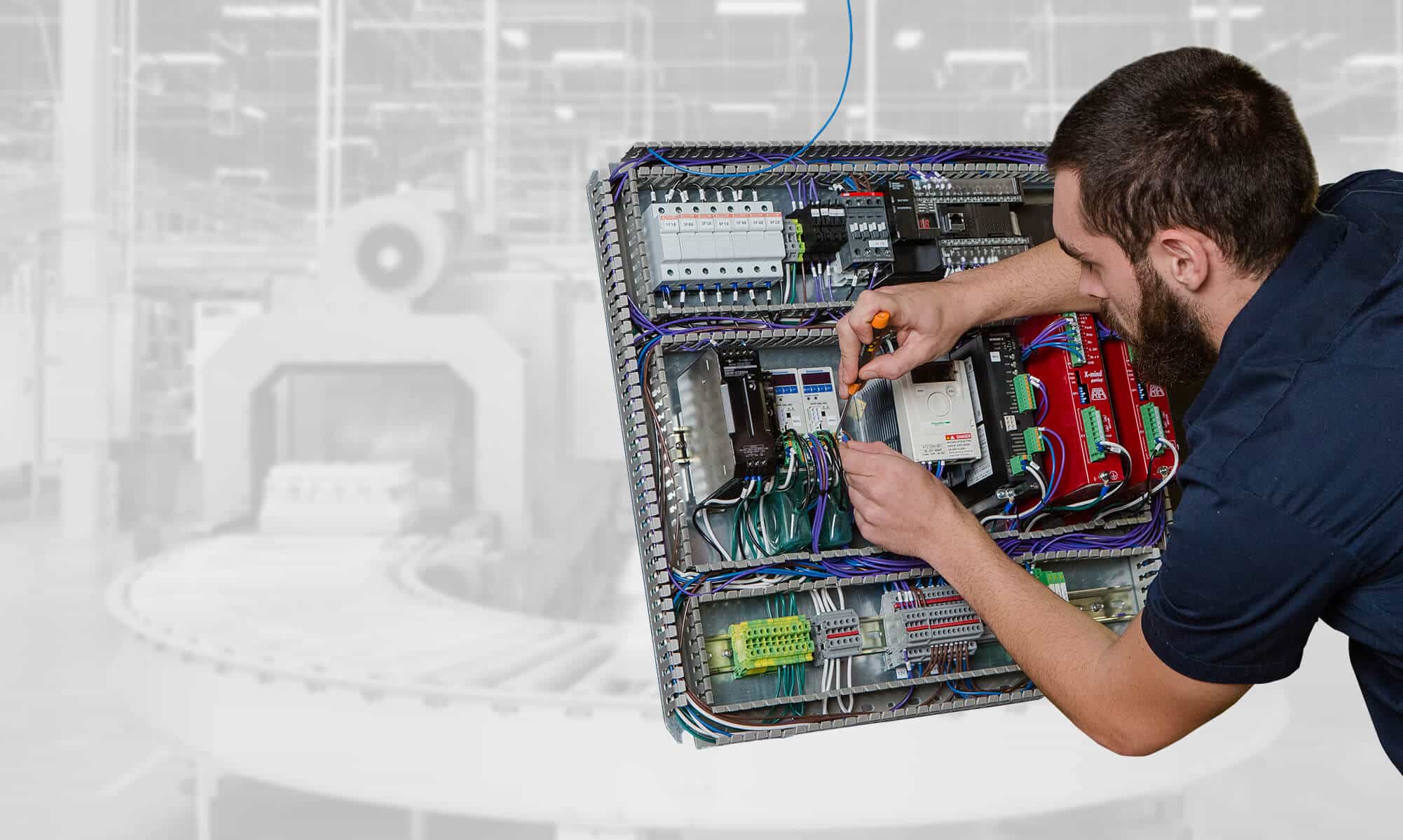Case Study
Northern Transformer Corporation


– Alexei Miecznikowski, CEO at Northern Transformer Corporation
Scaling Smart: The Challenge of Growth
For years, Northern Transformer thrived on an engineer-to-order model, designing power transformers tailored to the specific needs of utilities and industrial clients. Every project was built with meticulous care, ensuring each power transformer met the highest standards of performance and reliability.
But as orders grew and power transformer designs became increasingly complex, traditional workflows began to strain under the pressure.
- Manual data handling led to inconsistencies in revisions and slowed project execution.
- Engineering and manufacturing teams lacked a unified system, making collaboration more difficult.
- Regulatory compliance, particularly in sectors like nuclear energy, required more stringent documentation and tracking.
“When it was just one designer and one quality person, things were simple. Now, with large design and quality teams, everything changes. You need visibility, structured processes, and a way to ensure consistency as you grow.” – Alexei Miecznikowski, CEO
The company faced a stark reality—without significant transformation, they risked falling behind at a time when the industry needed them most.
Redefining the Future of Power Transformer Manufacturing
Rather than simply hiring more engineers or expanding floor space, Northern Transformer took a strategic approach to growth. Modernizing their processes was just as crucial as modernizing the product.
They redefined how information flowed through the company, ensuring that every step—from customer specifications to engineering to manufacturing—was seamless, efficient, and scalable.
“The product isn’t just the power transformer—it’s also the data that defines it. That data needs to move through the organization without gaps or inefficiencies.” – Russell Anderson, VP of Business Systems & IT
As part of this transformation, SolidCAD played a key role as a special resource in helping Northern Transformer refine its workflows, introducing integrated design and data management solutions that enabled better collaboration and reduced inefficiencies. With the investment into their systems and processes, Northern Transformer was able to:
- Streamline engineering processes, eliminating bottlenecks and unnecessary revisions.
- Improve real-time collaboration across departments, ensuring design accuracy.
- Strengthen data management and compliance, particularly for the nuclear and utility industries.
- Optimize the transition to design and manufacture more sophisticated power transformers, paving the way for future expansion.
This shift allowed them to not only increase production capacity but also pursue larger, more ambitious projects, further solidifying their leadership in the market.
“There’s a saying—‘Nail it, then scale it.’ The better you get things right before growth, the smoother that scaling process will be. That’s exactly what we are doing.” – Alexei Miecznikowski, CEO
Rising to the Challenge of Grid Modernization
Today, Northern Transformer is helping lead Canada’s energy transformation, ensuring that utilities and industries have the infrastructure needed to support electrification, industrial growth, and sustainability goals.
Their ability to scale without sacrificing quality has allowed them to take on higher-voltage power transformers, directly supporting Canada’s long-term energy goals.
“Every time power is generated, used, or transmitted, it passes through a power transformer. Our job is to make sure that Canada has the right infrastructure in place to power a sustainable future.” – Alexei Miecznikowski, CEO
The company continues to grow at an exceptional pace—a pace made possible by deliberate investments in people, processes, and products. Nowhere is this more evident than within their design team, whose technical expertise is both a critical enabler but also a limiting factor in scaling.
With resources already stretched, executing large-scale strategic projects could have posed a significant challenge. However, through close collaboration with SolidCAD, Northern Transformer has been able to overcome those constraints, accelerating implementation timelines while minimizing the impact on their internal teams.
A Blueprint for Industry Leaders
Northern Transformer’s journey is one that many growing manufacturers can relate to—a crossroads where scaling up must be done without losing what made them successful in the first place.
Their story offers a valuable lesson for any company facing the challenge of rapid industry change:
- Growth isn’t just about working harder—it’s about working smarter.
- Investing in people, processes, and technology leads to long-term success.
- Adapting to industry shifts is essential for staying ahead.
As electrification, grid expansion, and renewable energy adoption accelerate, Northern Transformer is proving that with the right vision and strategy, even the most ambitious goals are achievable.
“When we started, a lot of industry veterans told us we were crazy. But our clients believe in us, they’re supporting us on this path, and now the veterans are excited to participate and help us succeed.” – Alexei Miecznikowski, CEO
This is not the end of the story. As the energy landscape continues to evolve, so do the demands placed on manufacturers like Northern Transformer. Digital transformation is a continuous journey—and SolidCAD remains a committed resource, working alongside Northern Transformer to adapt, innovate, and lead the industry forward. Together, we’re building not just for today, but for the grid of the future.
To read more about Northern Transformer’s digital transformation with SolidCAD and the solution provided check our latest blog “From Growing Pains to Grid Leadership: Northern Transformer’s Digital Transformation.”




